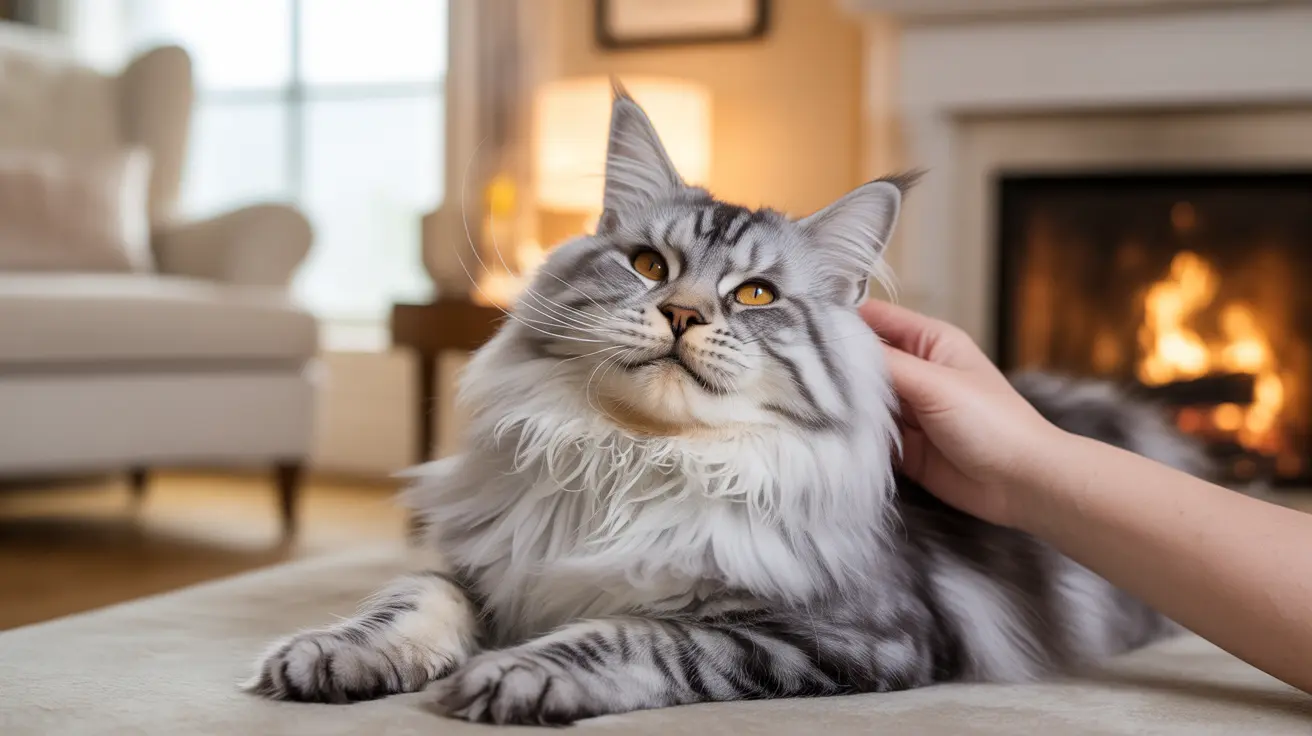For many cat owners, discovering their feline friend's sweet spots is a delightful journey of bonding and care. Neck massages, in particular, hold a special place in most cats' hearts, offering both physical benefits and emotional connection. But why do cats seem to melt with contentment when receiving gentle neck rubs, and how can we ensure we're providing this comfort safely and effectively?
In this comprehensive guide, we'll explore the science behind cat neck massages, their numerous benefits, and how to properly massage your cat for maximum enjoyment and therapeutic value. Whether you're a new cat parent or a seasoned feline enthusiast, understanding these techniques can enhance your relationship with your furry companion.
Understanding Why Cats Love Neck Massages
Cats have a natural affinity for neck massages that stems from their early development. As kittens, they receive frequent grooming from their mother around the neck and head area, creating positive associations that carry into adulthood. The neck region contains numerous nerve endings and scent glands, making it particularly sensitive to touch and pleasurable when massaged correctly.
- Purring intensely
- Pushing their head against your hand
- Slow blinking
- Relaxed posture
- Stretching their neck for more access
The Health Benefits of Cat Neck Massages
Regular neck massages offer numerous health advantages for cats:
- Improved circulation in the neck and shoulder area
- Reduced muscle tension and stress
- Enhanced lymphatic drainage
- Better flexibility and range of motion
- Increased endorphin release
- Strengthened immune system response
Proper Technique for Cat Neck Massage
To give your cat an effective and enjoyable neck massage:
Starting the Massage
- Wait for your cat to be calm and receptive
- Begin with gentle strokes along the neck
- Use your fingertips to make small circular motions
- Pay attention to your cat's body language
- Gradually increase pressure if your cat seems comfortable
Key Areas to Focus On
- Base of the skull
- Side of the neck
- Area behind the ears
- Upper shoulder region
- Under the chin
When to Avoid Neck Massages
While most cats enjoy neck massages, there are times when they should be avoided:
- If your cat shows signs of illness
- When there's visible injury or inflammation
- If your cat seems stressed or agitated
- During or immediately after meals
- If your cat has a known medical condition affecting the neck area
Building Trust Through Massage
Regular massage sessions can significantly strengthen the bond between you and your cat. Start with short sessions of 3-5 minutes and gradually increase duration as your cat becomes more comfortable. Always respect your cat's preferences and never force interaction.
Frequently Asked Questions
Do cats enjoy neck massages and how can I tell if my cat likes them?
Most cats do enjoy neck massages, and you can tell by their body language. Look for signs like purring, relaxed posture, slow blinking, and leaning into your touch. If your cat moves away or shows signs of discomfort, stop immediately.
What are the best techniques for giving a gentle and effective neck massage to my cat?
Use gentle circular motions with your fingertips, starting softly and gradually increasing pressure if your cat enjoys it. Focus on the base of the skull, behind the ears, and along the sides of the neck. Keep movements slow and predictable.
How often should I massage my cat's neck to help with stress or muscle tension?
Short daily sessions of 5-10 minutes are ideal. However, follow your cat's lead – some cats may prefer shorter or less frequent sessions. Consistency is more important than duration.
Are there any health conditions that mean I should avoid giving my cat a neck massage?
Yes, avoid neck massages if your cat has fever, injury, inflammation, or any neck-related medical conditions. Always consult with your veterinarian if you're unsure, especially for cats with known health issues.
Can neck massages help improve my cat's behavior and strengthen our bond?
Yes, regular gentle neck massages can help reduce stress, anxiety, and aggressive behaviors while strengthening the emotional bond between you and your cat. They create positive associations and release feel-good hormones in both cats and humans.






